
Do you have a question about the Honeywell Krom Schroder BCU 580 and is the answer not in the manual?
| Brand | Honeywell |
|---|---|
| Model | Krom Schroder BCU 580 |
| Category | Control Unit |
| Language | English |
Details various stage-controlled and modulating burner configurations with pilot burners.
Provides electrical connection diagrams for BCU 580 variants.
Illustrates the step-by-step operational sequence of the BCU 580.
Explains how the BCU controls burner capacity via air actuators.
Describes the procedure for checking gas solenoid valve and pipework tightness.
Monitors the closed position of the gas solenoid valve V1 using a POC switch.
Details integration of the BCU into Profinet networks using the BCM 500 module.
Explains the use of GSD files for configuring the BCU in a PLC.
Describes how to navigate and view BCU parameters using the display.
Details the BCU's flame detection methods and settings.
Configures start-up attempts and safety times for burners.
Defines restart behavior and minimum operating times.
Adjusts safety times during operation to meet system requirements.
Configures capacity control using actuators like IC 20, IC 40, RBW or air valves.
Defines settings for tightness tests and proof of closure functions.
Sets minimum pause time for stable burner operation.
Details operation and settings for manual control of the BCU.
Assigns functions to specific terminals for purging, feedback, and interlocks.
Protects parameter settings with a four-digit code.
Configures Profinet communication with address checks or without.
Explains the structure of the product type code for ordering.
Provides guidance on mounting and environmental installation requirements.
States requirements for starting up the BCU after installation.
Details wiring requirements for BCU, OCU, and safety inputs.
Discusses actuator usage, including SIL 3 compliance and IC 20.
Explains the use of the parameter chip card for BCU operation and replacement.
Describes measures to prevent pilot burner overload from frequent cycling.
Provides guidance on calculating safety times for burner start-up.
Information on the BCSoft engineering tool and adapters.
Details the Operator-Control Unit for display and manual control.
Describes connection plug sets for wiring the BCU.
Provides information on stickers for printing labels.
Stickers to indicate changes to unit parameters.
Explains the use of the OCU as an external operator-control unit.
Describes the OCU's display, keys, and operating modes.
Details the wiring requirements for connecting the OCU.
Provides guidance on installing the OCU using boreholes.
Lists OCU models available with different language kits.
Specifies ambient temperature, humidity, enclosure, dimensions, and electrical data.
Describes the BCM 500 as a communications interface for Profinet networks.
Explains signal transfer between automation system (PLC) and BCU/BCM.
Specifies requirements for Profinet cable and plug components.
Provides guidance on installing the BCM 500 on DIN rails.
Lists codes and descriptions for BCM 500 selection.
Provides electrical, mechanical, environmental, and installation data for BCM 500.
Details mains voltage, power consumption, flame control, and contact ratings.
Specifies weight, connections, and wire cross-sections.
Defines ambient temperature, humidity, enclosure, and installation location requirements.
Provides physical dimensions of the BCU 580 unit.
Lists SIL levels, diagnostic coverage, PFHD, and MTTFd values.
Provides a link for unit conversion information.
Defines the self-test waiting period before burner start.
Specifies the duration for gas valve and ignition transformer operation.
Describes limits for safety control and switching equipment.
Time between switching on and off of gas valve without flame detection.
Time for disconnecting valve V2 upon flame failure during operation.
Describes the process of shutting down the burner safely on fault detection.
Defines a safety shut-down requiring manual reset after a fault.
Explains BCU reaction to operating faults with a warning signal.
Describes a phase where the BCU waits before reacting to a process fault.
Checks if actuator feedback input is activated correctly by the output signal.
Lists uses for the air valve: cooling, purging, capacity control.
Measure of diagnostic effectiveness related to failure rates.
Describes low demand and high demand/continuous operating modes for safety functions.
Fraction of safe failures relative to all failures.
Likelihood of dangerous failure per hour for components.
Expectation of the mean time to dangerous failure.
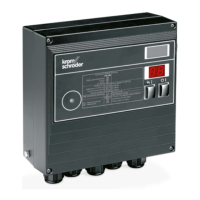
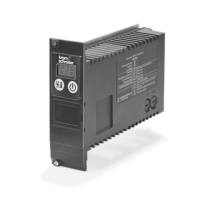
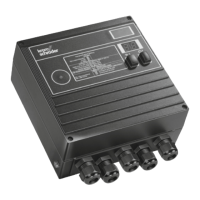
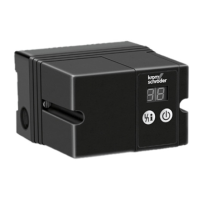

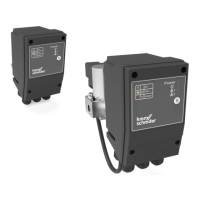


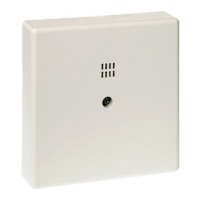
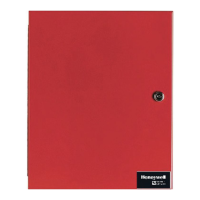
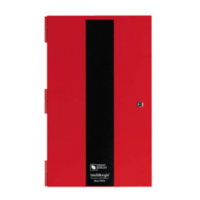
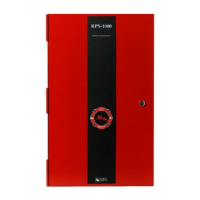
